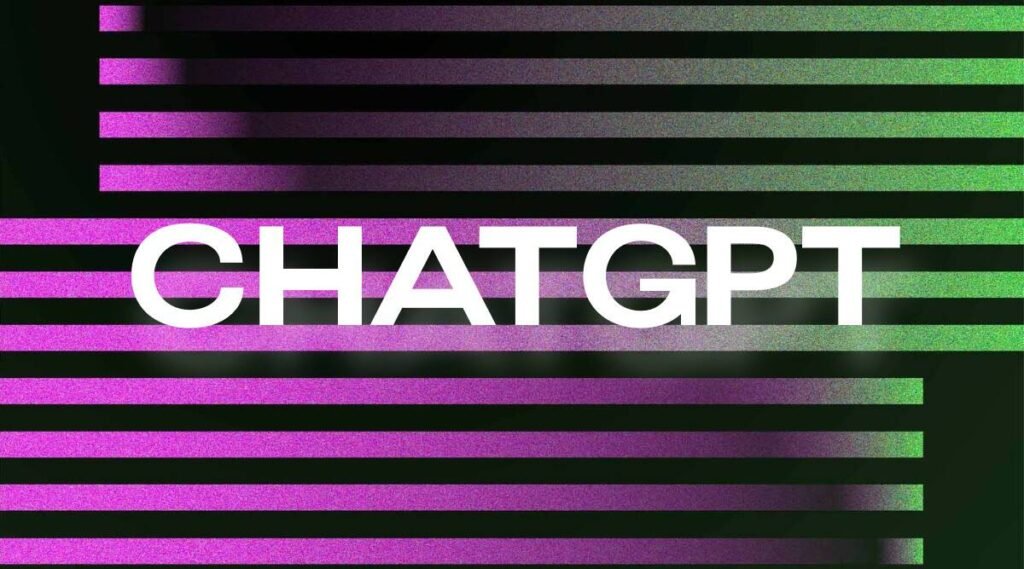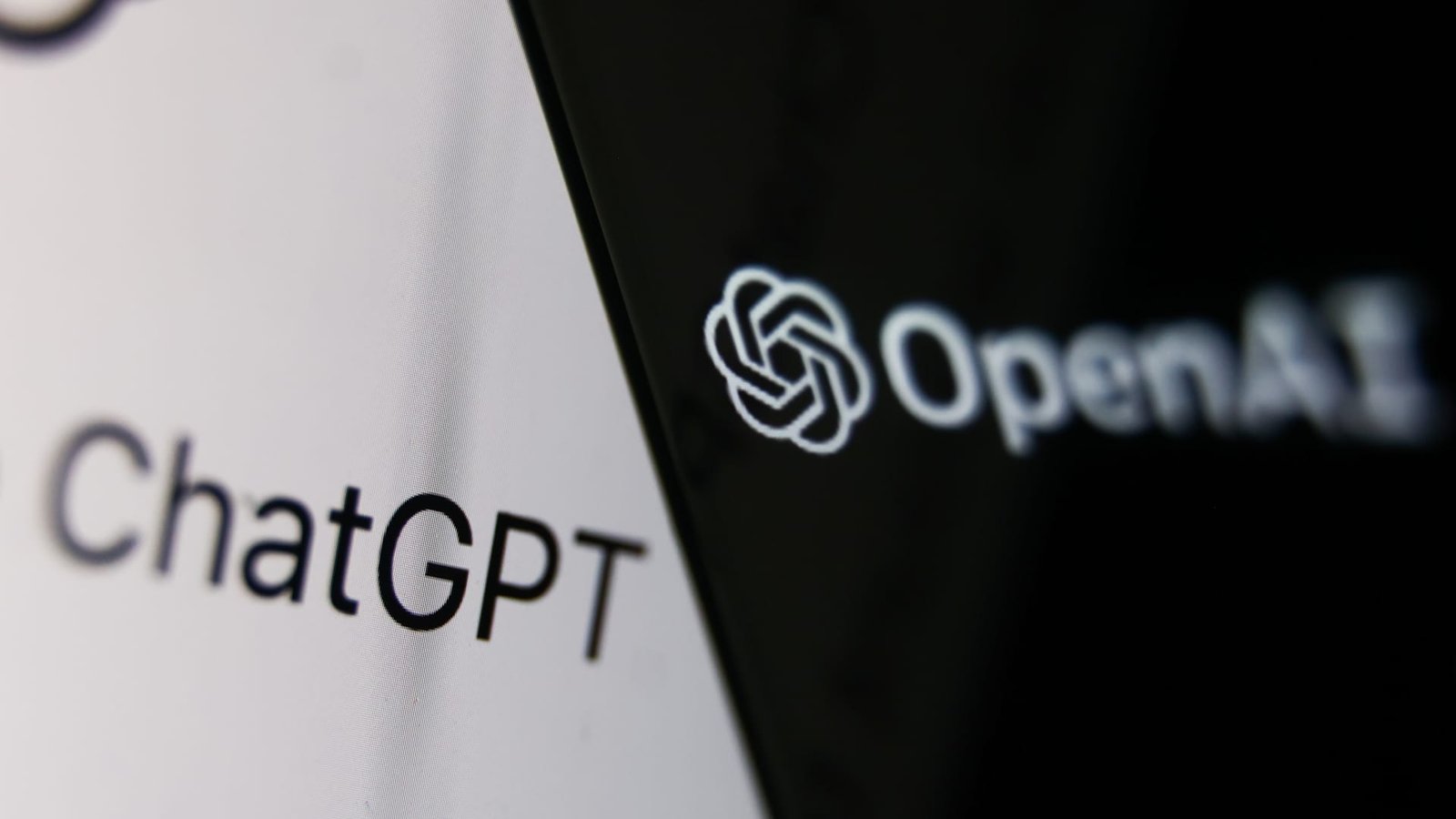OpenAI, a research organization that focuses on creating cutting-edge AI technologies, developed the language model ChatGPT. The GPT-3.5 architecture, a cutting-edge neural network architecture created specifically for processing and producing natural language text, serves as the foundation for the model.
A variation of the GPT-3 architecture, which is a very sophisticated language model and has raised the bar for natural language processing, is the GPT-3.5 architecture. The GPT-3.5 architecture is an improvement over the GPT-3 architecture because it processes and produces text more quickly and effectively.
The most recent version of OpenAI’s ChatGPT language model is called ChatGPT-4. It builds on the achievements of ChatGPT-2 and ChatGPT-3 and includes a number of upgrades that increase its power and adaptability. The increased ability of ChatGPT-4 to comprehend and produce natural language is one of the most significant upgrades. ChatGPT-4 is perfect for a variety of applications, from chatbots to content creation, thanks to its enormous 10 trillion parameter capacity, which allows it to comprehend and produce more complex and nuanced language than ever before.

An artificial neural network known as a transformer network serves as the foundation for ChatGPT’s architecture. Transformer networks are a specific kind of neural network made for handling sequential data, like text. They are perfect for language modeling tasks because they are very good at capturing the long-term dependencies and patterns that are present in text data.
A sizable corpus of text data, including texts from books, articles, and social media posts, was used to train ChatGPT. The model can produce text that is contextually appropriate and stylistically varied because the training data has been carefully curated to represent a diverse range of topics and styles.
The ability of ChatGPT to produce coherent and contextually appropriate responses to a variety of prompts is one of its main advantages. This is accomplished through a procedure known as language modeling, which entails estimating the likelihood of the subsequent word in a string of text. Given the context of the preceding words, the model is trained to increase the likelihood that the subsequent word is correct.
ChatGPT includes a wide range of other cutting-edge AI technologies, such as knowledge representation and natural language understanding, in addition to its language modeling capabilities. The goal of the AI subfield known as natural language understanding is to make computers capable of comprehending human language. Knowledge representation is a method for arranging and structuring data so that computers can easily access it.

ChatGPT can produce text that is not only coherent and contextually appropriate but also semantically precise and knowledge-rich thanks to the combination of these cutting-edge AI technologies. This makes the model suitable for a wide range of applications, including content creation, language translation, and customer service.
Large language models like ChatGPT, however, come with some additional difficulties. The potential for bias in the text they produce is one of the biggest problems. This is so because the model was developed using a corpus of text that reflects the prejudices and viewpoints of the authors.
To address this problem, OpenAI trained ChatGPT using a “human-in-the-loop” methodology. In order to enhance the model’s performance, human reviewers evaluate the model’s outputs and offer feedback. For the model to be open and moral in its operation, OpenAI has also put in place a number of additional safeguards and best practices.
Overall, ChatGPT represents a significant advance in natural language processing and has the potential to completely change how we communicate with computers and AI systems. It is a potent tool for a variety of applications thanks to its cutting-edge architecture and advanced AI technologies, and its ongoing development and refinement promise to further enhance its capabilities in the years to come.






